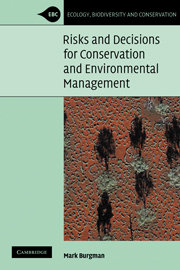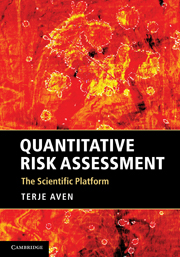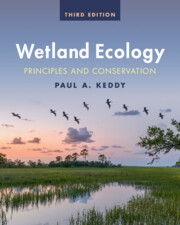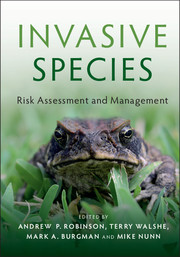Risks and Decisions for Conservation and Environmental Management
This book outlines how to conduct a complete environmental risk assessment. The first part documents the psychology and philosophy of risk perception and assessment, introducing a taxonomy of uncertainty and the importance of context. It provides a critical examination of the use and abuse of expert judgement and goes on to outline approaches to hazard identification and subjective ranking that account for uncertainty and context. The second part of the book describes technical tools that can assist risk assessments to be transparent and internally consistent. These include interval arithmetic, ecotoxicological methods, logic trees and Monte Carlo simulation. These methods have an established place in risk assessments in many disciplines and their strengths and weaknesses are explored. The last part of the book outlines some new approaches, including p-bounds and information-gap theory, and describes how quantitative and subjective assessments can be used to make transparent decisions.
- Sets a professional standard for risk analysis
- Transcends disciplinary boundaries
- Provides sufficient detail to allow methods to be implemented without prior technical training
Reviews & endorsements
'This book is a must for all in resource management …' Journal of the Royal Society of New Zealand
'… aimed at a high level, graduate or higher, audience … a clear assessment of relevant theories and the concepts required both to understand and undertake qualitative and quantitative risk assessments, and then to make realistic decisions from those assessments.' Journal of Biomedical Education
Product details
May 2005Adobe eBook Reader
9780511081262
0 pages
0kg
112 b/w illus. 50 tables
This ISBN is for an eBook version which is distributed on our behalf by a third party.
Table of Contents
- Preface
- Acknowledgements
- 1. Values, history and perception
- 2. Kinds of uncertainty
- 3. Conventions and the risk management cycle
- 4. Experts, stakeholders and elicitation
- 5. Conceptual models and hazard assessment
- 6. Risk ranking
- 7. Ecotoxicology
- 8. Logic trees and decisions
- 9. Defining and eliciting intervals
- 10. Monte Carlo
- 11. Inference, decisions, monitoring and updating
- 12. Decisions and risk management
- References
- Index.










